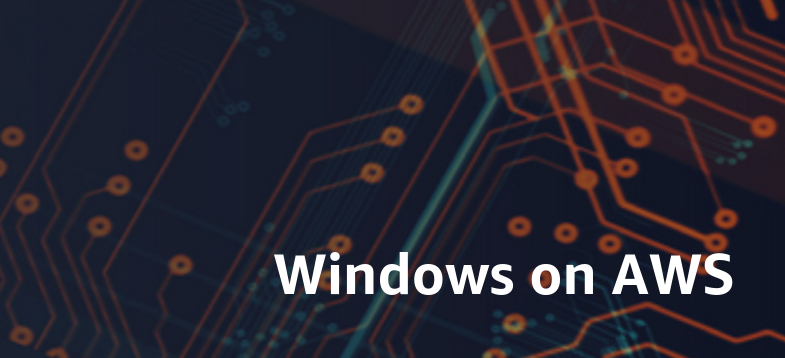ChatGPT is a powerful language model developed by OpenAI that has the ability to generate human-like text in response to prompts. It has taken the world by storm, as it has been trained on a massive dataset of over 8 million web pages, making it capable of understanding and generating diverse forms of text. The result is a language model that can hold a conversation, answer questions, summarize articles, and even write poetry.
The application of ChatGPT is not limited to entertainment and leisure. It has all the potential to revolutionise the way we communicate and solve problems. Here are just a few examples of how ChatGPT can be used in various industries:
- Customer Service: ChatGPT can be integrated into a company’s customer service system, providing instant and accurate responses to customer inquiries. It can handle a high volume of requests and provide consistent responses, freeing up human customer service representatives to focus on more complex tasks.
- Healthcare: ChatGPT can be used to triage patients, providing initial assessments and directing them to the appropriate level of care. It can also assist doctors in diagnosing and treating patients by providing relevant information and recommendations.
- Education: ChatGPT can be integrated into educational platforms, providing students with instant answers to their questions and helping them with their homework. It can also be used by teachers to grade assignments and provide feedback to students.
- News and Media: ChatGPT can be used to generate summaries about news and provide in-depth analysis of events. It can also be used to generate news articles, freeing up journalists to focus on more important tasks such as research and investigative reporting.
What to expect from GPT-4
Based on the advancements made with previous versions of the GPT models, it’s possible to speculate on what we might expect from GPT-4.
- Increased Training Data: As the GPT models have grown, so too has the amount of data they have been trained on. GPT-4 could potentially be trained on even larger datasets, further increasing its understanding and ability to generate diverse forms of text.
- Improved Natural Language Processing: With each iteration of the GPT models, the natural language processing capabilities have improved. This includes the ability to understand context, generate coherent and natural-sounding text, and handle more complex language tasks. GPT-4 could take this to the next level, with even more advanced natural language processing capabilities.
- Greater Specialization: GPT-4 may be trained on specific domains, allowing it to specialize in areas such as healthcare, finance, or law. This could lead to even more sophisticated and accurate responses in these fields.
- Integration with Other Technologies: GPT-4 could potentially be integrated with other technologies such as computer vision and robotics, leading to new and innovative applications.
It’s important to note that these are speculative and based on the advancements made with previous versions of the GPT models. Until OpenAI officially announces the development of GPT-4, these are just educated guesses as to what we can expect.
In conclusion, ChatGPT is an extremely powerful tool that has the potential to change the way we communicate and solve problems. It is versatile, efficient, and can be integrated into a wide range of industries, providing instant and accurate responses to inquiries and improving processes. The possibilities are endless, and we can expect to see even more innovative applications of ChatGPT in the future.









I am interested to join Infosys gpt
Iam interested
I am interested to join InfosysGPT
I want to invest. I want to know more about infosysGPT
ഞാൻ നിക്ഷേപിക്കാൻ ആഗ്രഹിക്കുന്നു എനിക്ക് വിശദമായി അറിയാൻ ആഗ്രഹിക്കുന്നു
I want to take part in this investment plan.
I am looking for investment
Need investment plans please
Want to know more about Infosys-GPT
I am interested in investment
i want to join immediate want ro
know where
I am interested in Infosys GPT investment plan.
I am interested in Infosys GPT investment plan, send me full details.
I am interested in Infosys GPT investment plan, send me full details.
Please send the details
I want investment
I wish to invest in infosysgpt
I am interested to invest in InfosysGPT.
Please send the details in my mail ID
I am interested to invest in InfosysGPT.
Please send the details in my mail ID : abirpradip@gmail.com
I want to invest in Infosys GPT. But how? Please state
I want to invest in Infosys GPT. But how? Please state
I want to invest in Infosys GPT. But how? Please state
I want to invest the money as said by Narayana Moorthy about GPT
I agree to terms and conditions as per investment plan of Mr. Narayan Murthy. This will be wonderful experience .
I am interested
Like take Infosys gpt enrollment
I don’t know anything about investing.
like to invest
i am 68 years old
like to invest
i am 68 years old
I would like to invest
I want invest
I want to invest
How did I invest
I am ready to Invest
I AM INTERESTED IN INVESTING
I am interested in Infosys GPT investment plan.
I am interested in Ingosys Gpt plan… How can I join?
I am interested in Ingosys Gpt plan… How can I join?
I am interested can any one let us know the process for investment in Infosys GPT
I am interested in Ingosys Gpt plan… How can I join?
I am interested in Infosys Gpt plan… How can I join?
I am interested to invest please help me
Please send the details about the registration. I am interested …
Please email me the particulars.
Thanks
Indrani
Rather valuable information